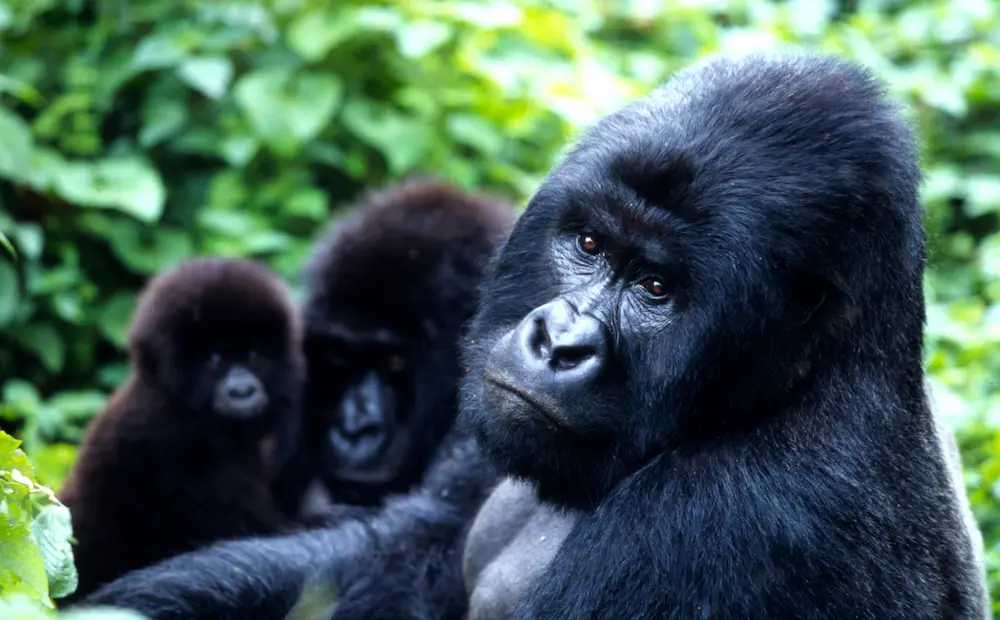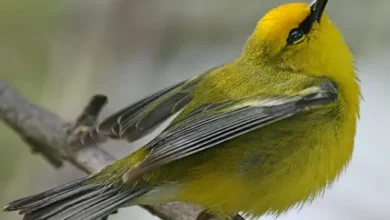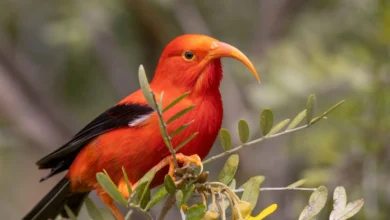Mountain Gorilla vs Western Lowland Gorilla: Conservation, Threats & How to Save Them
Introduction
Gorillas, the largest living primates, are divided into two species: the Eastern Gorilla (Gorilla beringei) and the Western Gorilla (Gorilla gorilla). Among these, the Mountain Gorilla (Gorilla beringei beringei) and the Western Lowland Gorilla (Gorilla gorilla gorilla) are two of the most well-known subspecies. While they share many similarities, they also exhibit distinct differences in habitat, behavior, and conservation status.
This article explores their origins, reproduction, diet, behavior, threats, and ongoing conservation efforts to prevent their extinction.
1. Origin and Classification
Mountain Gorilla (Gorilla beringei beringei)
-
Habitat: Found in the volcanic mountain ranges of Central Africa, primarily in Virunga Mountains (Rwanda, Uganda, Democratic Republic of Congo) and Bwindi Impenetrable National Park (Uganda).
-
Population: Approximately 1,063 individuals (as of 2023).
-
Physical Traits:
-
Thicker, darker fur to withstand cold climates.
-
Broader chest and longer face compared to lowland gorillas.
-
Western Lowland Gorilla (Gorilla gorilla gorilla)
-
Habitat: Inhabits the dense rainforests of Central and West Africa, including Cameroon, Gabon, Congo, and Equatorial Guinea.
-
Population: Estimated 100,000–200,000, but declining due to poaching and disease.
-
Physical Traits:
-
Smaller and lighter than mountain gorillas.
-
Brownish-gray fur with a reddish forehead.
-
Both subspecies share a common ancestor but diverged due to geographical isolation and environmental adaptations.
2. Reproduction and Family Structure
Gorillas live in stable, cohesive family groups led by a dominant silverback male.
Mating & Gestation
-
Breeding Age: Females mature at 8-10 years, males at 12-15 years.
-
Gestation: ~8.5 months (similar to humans).
-
Birth Intervals: Females give birth every 4-6 years.
Parental Care
-
Infants are completely dependent on their mothers for the first 3-4 years.
-
Silverbacks protect the group and mediate conflicts.
3. Diet and Feeding Habits
Mountain Gorilla Diet
-
Primarily herbivorous (leaves, stems, shoots).
-
Occasionally eat ants, snails, and bark.
Western Lowland Gorilla Diet
-
More fruit-based diet (up to 60% fruits).
-
Also consume termites, caterpillars, and fungi.
Both subspecies spend 30-50% of their day feeding.
4. Behavior and Social Structure
-
Highly social, living in groups of 5-30 individuals.
-
Communication through vocalizations, chest-beating, and facial expressions.
-
Nest-building: They construct sleeping nests daily from foliage.
5. Why Are They Endangered?
Major Threats
-
Habitat Loss (Deforestation for agriculture & logging).
-
Poaching (Bushmeat trade & trophy hunting).
-
Diseases (Ebola wiped out 1/3 of Western Lowland Gorillas in the 2000s).
-
Climate Change (Alters food availability).
-
Human-Wildlife Conflict (Farmers kill gorillas raiding crops).
6. Conservation Efforts to Save Gorillas
Anti-Poaching Patrols
-
Rangers in Virunga and Bwindi protect gorillas from poachers.
Habitat Protection
-
National Parks & Reserves (Virunga, Bwindi, Dzanga-Sangha).
-
Reforestation Programs to restore lost habitats.
Community-Based Conservation
-
Ecotourism generates funds for conservation.
-
Education Programs teach locals the importance of gorillas.
Disease Monitoring
-
Veterinary Teams track and treat gorilla illnesses.
International Laws & Agreements
-
CITES bans gorilla trade.
-
WWF, IGCP, and Dian Fossey Fund support long-term conservation.
7. How Can You Help?
-
Donate to gorilla conservation organizations.
-
Support Ethical Tourism (avoid exploitative wildlife encounters).
-
Reduce Deforestation by choosing sustainable products.
-
Spread Awareness on social media.
Conclusion
Mountain and Western Lowland Gorillas are keystone species crucial for biodiversity. While their populations remain under threat, concerted conservation efforts have shown success, particularly for Mountain Gorillas, whose numbers are slowly increasing.
By supporting conservation initiatives and promoting sustainable practices, we can ensure these majestic primates thrive for generations to come.





